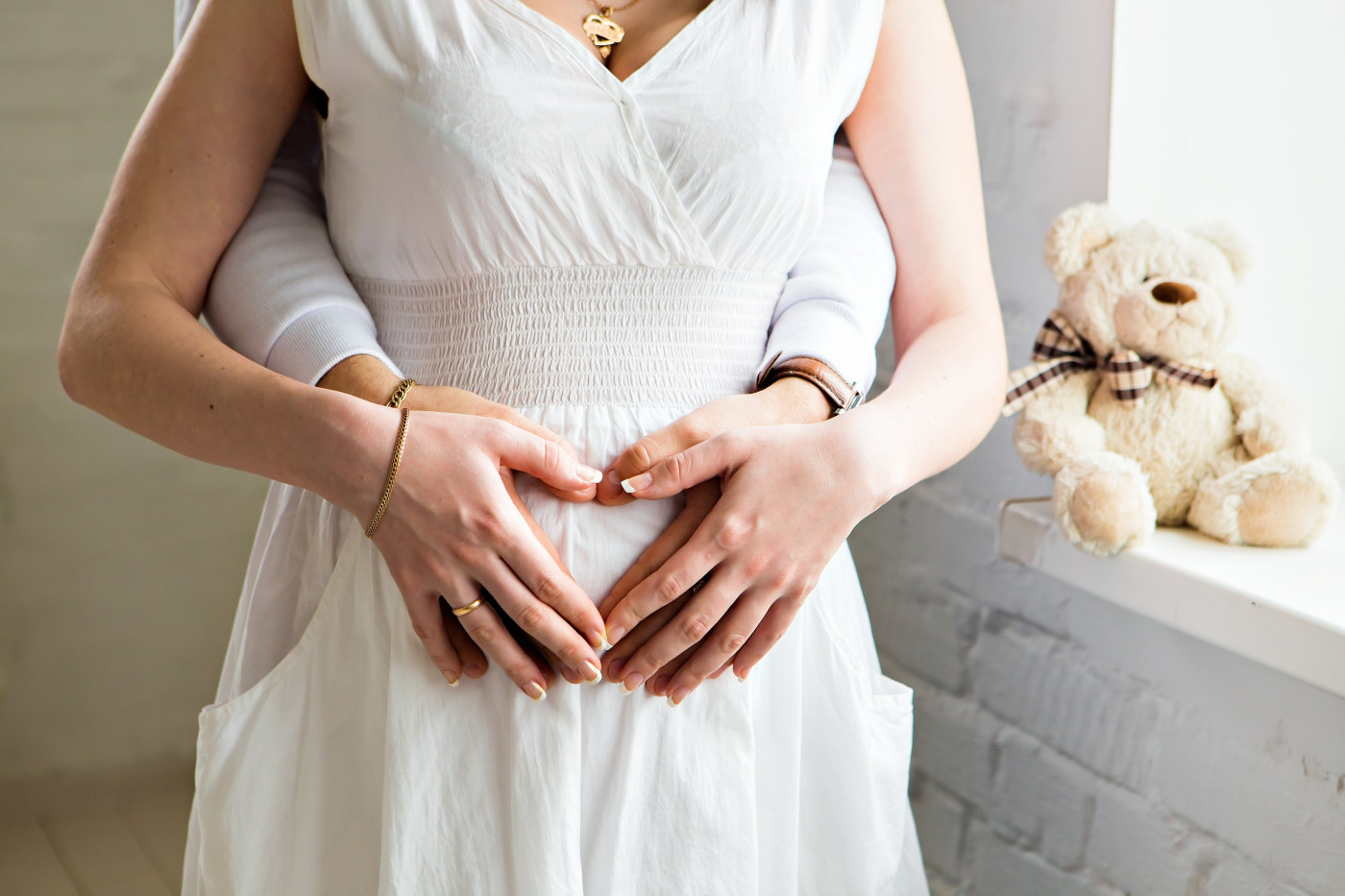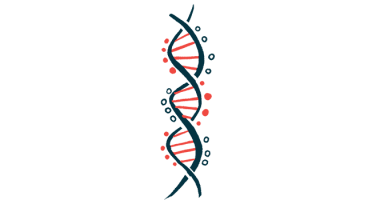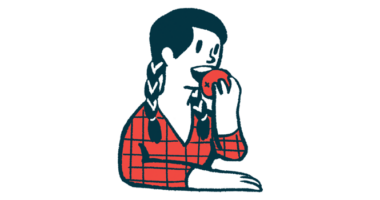Birth of Children with PWS Not Related to Seasonal Factors, Study Finds

The birth of children in the U.S. with Prader-Willi syndrome (PWS) — a rare disease caused by deletions in the chromosome 15q11-q13 region of the father — does not follow a seasonal pattern, a study found.
The results suggest that seasonal exposure to chromosome-damaging agents does not increase the risk of having a child with the syndrome.
The study, “Birth seasonality studies in a large Prader–Willi syndrome cohort,” was published in the American Journal of Medical Genetics.
PWS is a genetic disorder mainly caused by a deletion in the chromosome 15q11-q13 region in the father. The second most common cause of the disease is the inheritance of two chromosomes 15 from the mother — known as maternal disomy 15 — instead of one chromosome from the mother and one from the father.
Exposure to certain environmental factors during cell division can cause damage to the chromosomes — packs of DNA molecules. In the case of reproductive cells, environmental factors affect men more than women, because men produce new sperm cells throughout their lives. Women, meanwhile, are born with a given amount of immature egg cells that do not divide.
Previous studies suggested that environmental factors — such as exposure to hydrocarbons such as gasoline or oil, or infectious agents — increased the risk of deletions in the chromosome 15q11-q13 region, and therefore the chances of having a child with Prader-Willi syndrome.
Occupations that involve exposure to hydrocarbons, such as landscaping, farming, and painting, tend to be seasonal. Exposure to infectious agents such as viruses, which also can cause chromosomal damage, has a seasonal pattern as well.
Therefore, it is possible that seasonal exposure to environmental agents might increase the number of children born with PWS at certain times of the year.
In fact, a study performed in the 80s’ in the U.S, and a more recent one in Japan, from 2013, suggested that the percentage of children born with PWS due to a deletion in chromosome 15 varied throughout the year.
To test this hypothesis, researchers reviewed birth seasonality data in a large group of PWS patients in the U.S. They used top-of-the-line genetic methods to investigate whether the proportion of children born with PWS due to deletions in chromosome 15 varied throughout the year.
The study included 344 children, of whom 217 had deletions in chromosome 15, and 127 had maternal disomy 15.
Results showed no changes throughout the year in the proportion of children born with PWS caused by deletions in chromosome 15, when compared with those with maternal disomy 15. These results suggest that seasonal exposure to specific factors does not alter the risk of deletions in chromosome 15.
“Although early evidence supported birth seasonality differences in PWS, a larger number of individuals in our recent study using advanced genetic testing methods did not find this observation,” the researchers said.
“Further investigations are needed as to whether environmental factors could contribute to chromosome 15 defects” in PWS patients, the team concluded.






